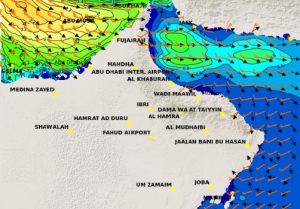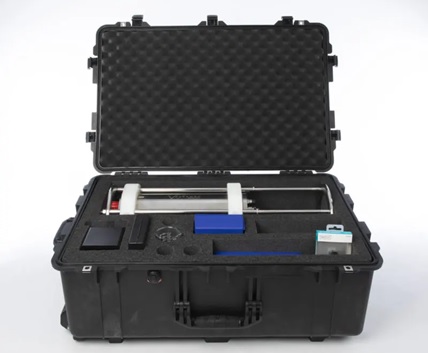
Current & stratification
Surface currents have great importance in marine studies. These currents can be an important factor in the transfer of density, nutrients or pollutants into the ocean environment. The water area of the Gulf and the Sea of Oman is one of the most important waterways in the world. In this study, HYCOM current data in 2019 are used and the currents of the Oman Sea are surveyed month by month in same year, in GIS software. The strongest currents of the Oman Sea are forming in autumn and winter (in January and March). The shape of the currents is cyclic in winter and marginal and strong in autumn. The diameter of the January cycle is about 235km. The southern border current in October is about 390km and it is leaving the Oman Sea. The highest value of velocity in the Oman Sea is 1.1m/s and the lowest value is 0.001m/s. The inflow to the Gulf has less salinity and more velocity than the outflow.

Always oceanographers pay attention to layer structure in the sea environment. Creation of layer structures is because of some phenomenons like double diffusion, internal waves, turbulence modular mixing. In this paper with examination of vertical structure of temperature, salinity and density between the Gulf and Oman Sea in different seasons, layer structures appear clearly. Also, countors of the same physical parameters show the existence of regular structure which prove internal waves resulting from the Gulf and flow into the Oman Sea. The exchange flow through the Stait of Hormus results from horizontal density gradient between the Gulf and Oman Sea. In winter the density ratio (Rρ) in this nearshore region is about 0.7 and in offshore region is 0.2. this shows that in this area, double diffusion forms layer structures which have horizontal variations as well as in the vertical. Coastal topography also seems to affect the double diffusion processes and leads to variations of layering in horizontal directions especially between near and offshore regions.


